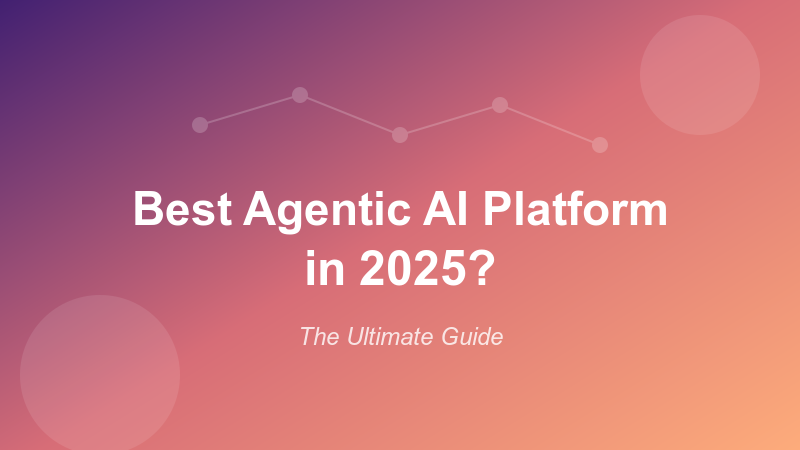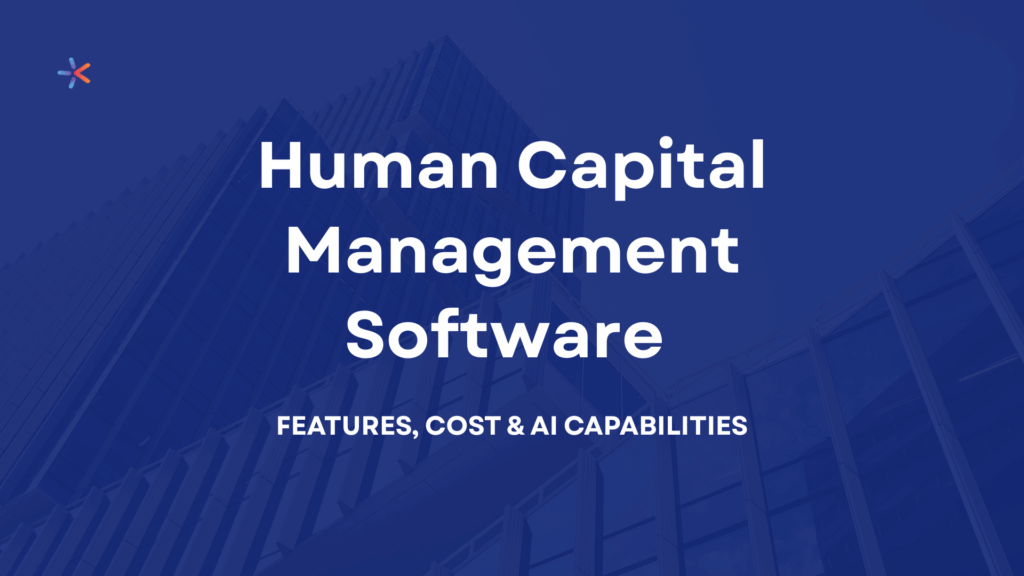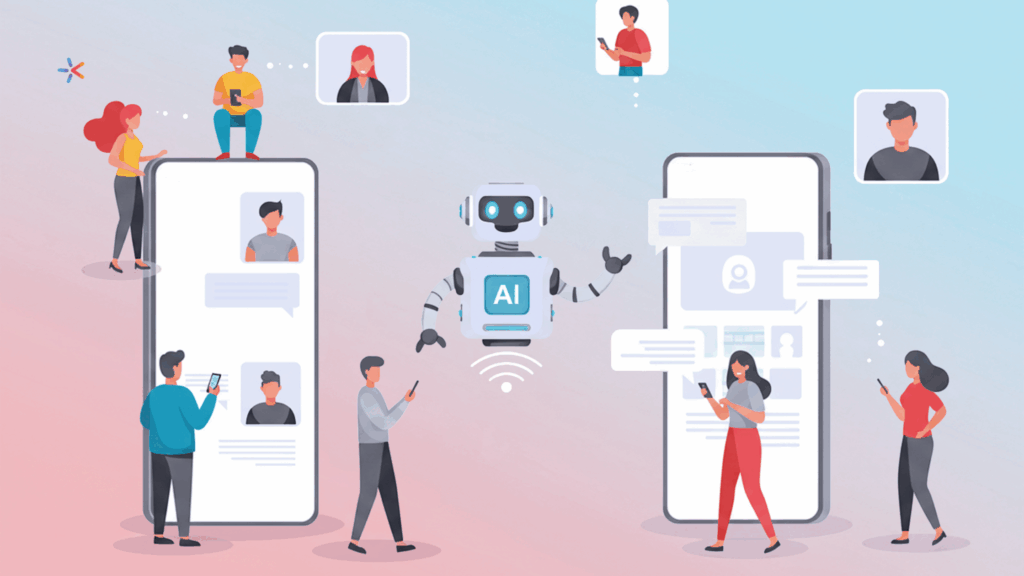Introduction: The Rise of AI in Sports
Artificial Intelligence (AI) is reshaping nearly every industry — and sports is no exception. From real-time match analysis to injury prediction and fan engagement, AI in sports has become a game-changer.
In today’s data-driven sports ecosystem, every movement, heartbeat, and decision on the field can be measured, analyzed, and optimized. Whether it’s cricket, football, basketball, or tennis, AI enables teams and coaches to make smarter, faster, and more informed decisions than ever before.
According to recent reports by MarketsandMarkets, the global AI in sports market is projected to reach USD 19.2 billion by 2030, growing at a CAGR of 30.2%. This exponential growth shows how integral AI-powered systems are becoming in enhancing athletic performance and strategic planning.
1. What is AI in Sports?
AI in sports involves integrating machine learning, computer vision, and predictive analytics into various aspects of sporting activities. It enables stakeholders — athletes, coaches, managers, and even fans — to analyze patterns, improve outcomes, and enhance the experience.
Key components include:
Machine Learning (ML): Identifies patterns in massive datasets to predict player performance or match outcomes.
Computer Vision: Processes live video feeds to detect motion, speed, and accuracy of players.
Natural Language Processing (NLP): Helps media and broadcasters create real-time commentary insights.
Predictive Analytics: Estimates potential injuries, player fatigue, and winning probabilities.
2. How AI is Revolutionizing Sports Analytics
AI has made sports analytics smarter and more actionable. Gone are the days when decisions relied purely on intuition. Today, data-driven insights power every play, every substitution, and every strategy.
Below is a conceptual analytics comparison chart:
| Category | Traditional Analysis | AI-Powered Analysis |
|---|---|---|
| Data Input | Manual and time-consuming | Automated via sensors, wearables & cameras |
| Insight Delivery | After the match | Real-time during play |
| Accuracy | Subjective | Data-driven & predictive |
| Scope | Limited to individual games | Tracks players across seasons |
With this AI integration, coaches can now evaluate heat maps, reaction times, and positional data — improving overall sports performance intelligence.
3. AI-Powered Performance Analytics: Turning Data into Decisions
Performance analytics is the backbone of AI in sports. Using advanced sensors and motion-tracking technologies, athletes’ every move can be quantified.
AI-Based Metrics Include:
Player speed & agility mapping
Heart rate & stress level tracking
Shot precision prediction
Injury likelihood analytics
Here’s a sample data visualization (conceptual) that illustrates AI’s role in improving player performance:
Example Chart:
🟢 AI-Enhanced Player Performance (Before vs After Implementation)
Average speed ↑ 22%
Accuracy ↑ 15%
Injury downtime ↓ 35%
Decision-making speed ↑ 28%
Such measurable outcomes showcase the true impact of AI analytics in sports.
4. AI in Different Sports: From Cricket to Football
AI in Cricket
AI-based systems like Hawk-Eye and Snickometer have already revolutionized cricket. Beyond umpiring, AI models now help coaches analyze player weaknesses, simulate match conditions, and predict opponent strategies.
AI in Football
Football analytics tools like StatsBomb and Opta use AI algorithms to measure ball possession, pass accuracy, and defensive formations — enabling clubs like Manchester City and Liverpool to gain a competitive edge.
AI in Tennis
In tennis, AI-powered systems like IBM Watson analyze player emotions, movement patterns, and opponent tendencies, helping players strategize more effectively.
AI in Basketball
NBA teams use predictive models to optimize shooting angles and evaluate player fatigue during intense seasons.
Each sport benefits from AI-driven decision intelligence, leading to better results, fewer injuries, and smarter plays.
5. Predictive Analytics: The Future of Smart Coaching
Predictive analytics has emerged as one of the most promising applications of AI in sports. Using machine learning models trained on historical and real-time data, teams can anticipate and prevent problems before they occur.
Use cases include:
Predicting injury risks using biometric data
Forecasting optimal training loads
Analyzing match-winning probabilities
Estimating player market value
For instance, an AI model might detect patterns indicating muscle fatigue, prompting a coach to rest a player — potentially preventing an injury that could cost millions.
6. AI in Fan Engagement and Broadcasting
AI isn’t just transforming athletes — it’s revolutionizing the fan experience.
Through AI-based recommendation systems, broadcasters and streaming platforms offer personalized content, highlights, and predictions for viewers.
Examples include:
AI-powered camera angles focusing on favorite players.
Chatbots that provide live match statistics.
Virtual reality (VR) experiences that put fans in the middle of the action.
AI even helps brands optimize marketing campaigns during sports events by analyzing audience engagement patterns and sentiment data.
7. How AI Helps in Injury Prevention and Recovery
Injury prediction and rehabilitation are among the most critical benefits of AI in sports.
Through motion analysis, wearable sensors, and predictive health models, AI can forecast injury probabilities with over 85% accuracy.
For example:
Wearable devices monitor biomechanics and detect anomalies.
AI health dashboards alert medical staff about stress or fatigue.
Rehabilitation analytics ensure faster, data-based recovery.
The result? Longer careers, reduced downtime, and improved player safety.
8. Business Intelligence in Sports Management
Sports management teams now use AI-based business intelligence dashboards to analyze everything from ticket sales to sponsorship performance.
AI systems provide insights like:
Which matches generate the highest engagement
Ideal pricing models for tickets and merchandise
Predictive attendance forecasting
This data-centric approach helps maximize ROI while enhancing fan satisfaction.
9. Challenges and Ethical Considerations
While the adoption of AI in sports is accelerating, challenges remain:
Data privacy of athletes and fans
Algorithm bias affecting decision-making
High implementation costs for smaller clubs
Dependence on data quality and real-time connectivity
To overcome these, organizations must implement transparent AI systems and partner with trusted technology providers.
10. Future Trends: What’s Next for AI in Sports
The next decade of AI in sports will see innovations beyond imagination:
AI referees powered by real-time visual analytics
Virtual training simulations for injury-free practice
Neural performance monitoring for personalized coaching
Blockchain + AI integration for transparent player contracts
The future is a fusion of intelligence and athleticism — powered by AI.
11. How Codevian Technologies Empowers the Future of Sports with AI
At Codevian Technologies, we’re redefining how AI shapes the sports world. Our AI & ML development services empower teams, sports tech startups, and federations to unlock the full potential of data.
Our Expertise Includes:
Predictive analytics dashboards for player performance
Custom AI models for training and coaching
Computer vision-based match analysis
Real-time data visualization and reporting
DevOps and cloud integration for scalable AI solutions
With Codevian’s cutting-edge solutions, your organization can enhance decision-making, engage fans better, and ensure sustainable success in the era of intelligent sports.
Conclusion: The Winning Edge with AI in Sports
AI in sports is no longer futuristic — it’s here, defining every pass, swing, and sprint. From predictive analytics to fan engagement, AI has brought precision, personalization, and performance to new heights.
The future belongs to teams and organizations that harness this power effectively. Partnering with experts like Codevian Technologies ensures that your journey into intelligent sports management is data-driven, seamless, and future-ready.

The AI Powered Sports Industries Valued At
@20 Bn
By 2030
FAQ
What is AI in sports and how does it work?
AI in sports uses machine learning, computer vision, and predictive analytics to process match footage, wearable sensor data, and historical statistics. It converts raw data into actionable insights for coaches, players, and management — for example, predicting injuries, optimizing training loads, and analyzing tactics in real time.
Which sports benefit most from AI implementation?
Nearly all major sports — football, cricket, basketball, tennis, and athletics — benefit. Sports with extensive video footage and wearable data are especially suited for AI-driven performance and tactical analytics.
Why partner with an AI & ML development provider like Codevian Technologies?
A specialized partner offers custom models, domain expertise, integration with existing systems, scalable cloud infrastructure, and post-deployment support — helping teams translate AI in sports into real competitive advantage.






